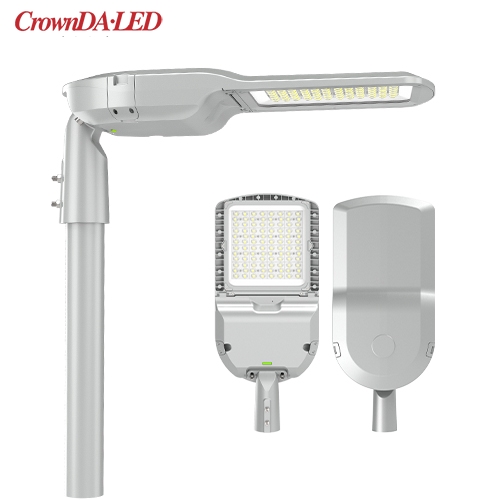The world's top Ten innovative LED light source devices in 2020 (5/6)
Просмотры : 766
автор : Shenzhen Crown Lighting
Время обновления : 2021-06-28 21:29:03
Display and interpretation of the world's top ten innovative LED light source devices in 2020 (5/6)
8. High-efficiency silicon-based LED
In December, the Massachusetts Institute of Technology research team successfully designed a high-efficiency silicon-based LED whose brightness is 10 times higher than that of other similar devices.
The production of the LED device adopts a forward bias method, and at the same time, the combination of the PN junction in the LED is changed, and the N area and the P area are changed from the traditional side-by-side arrangement to the vertical stacking, so that the electrons and holes in the diode are away from the surface And the edge area, prevent electrons from converting electrical energy into heat, successfully improve the photoelectric energy conversion efficiency of silicon materials, further improve the brightness of silicon-based LEDs, and reduce the manufacturing cost of LED-related products.
With high brightness, the LED device is integrated into the CMOS chip, and it has a wider range of application scenarios in short-range sensing.
9. The world's lightest and thinnest organic LED
In the same month, scientists from the School of Physics and Astronomy at the University of St Andrews in the United Kingdom used organic electroluminescent molecules, metal oxides and a biocompatible polymer protective layer to create this thin and flexible organic film like a daily cling film. LED. So far, the LED device is the world's most durable, lightest and thinnest light source.
The world's thinnest LED light source
With its extremely mechanical flexibility, the light source can be used in the field of mobile technology in the future, and can also be integrated into the surface of the workbench, packaging and clothing. Into the object, study brain function, make it a new tool in the field of biomedicine and neuroscience research, which is expected to play a role in the clinical field.
In addition, the new technology derived from this light source can also create an optical interface to send information directly to the brains of patients with impaired vision, hearing or touch.




